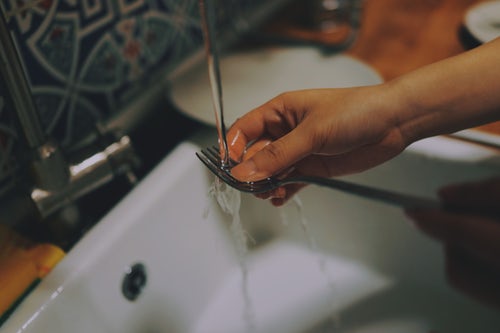We make a living by what we get; we make a life by what we give.”
Winston Churchill
The value of giving.
Why is it that even though your house is in shambles, there is a great endorphin release, the ‘helper’s high’ when you step outside your own home and help a friend in need by doing their dishes.
I remember a time when a friend was going through breast cancer. She was diagnosed following a lump being detected at her six-week checkup after giving birth to her first son.
Life was turned on its head for this dear friend. She underwent multiple surgeries, investigations, chemo andradiotherapy all whilst trying to navigate parenthood and care for their baby.
As I journeyed with her there were times of feeling hopeless and unhelpful. Yet by doing something practical – vacuuming her floors or washing her dishes not only did it mean the world to my friend(so she told me) but I also felt uplifted and received a boost (despite often returning home to find dirty dishes stacked up at my place).

So what is that? Why does it feel good to help others? And why should we ensure there’s time in our busy schedules to help someone else?
In the “Social Capital Community Benchmark Survey” overseen by researchers at Harvard University they discovered that those who gave contributions of time or money were ‘42% more likely to be happy’ and 25% more likely to report ‘excellent health’ than those who didn’t give. There is also a strong correlation with those who are emotionally and behaviorally compassionate and the longevity of people (Post, 2005).
In another study the same area of the brain, the mesolimbic pathway that lights up with food or sex (or other pleasurable activities such as cuddling babies) was also activated when the participants thought about donating money to a charity.
Psychologists have described the benefits of giving as ‘the helper’s high’! Giving provides the brain with an injection or boost of endorphins (the happy hormones), serotonin (a mood mediating chemical), and dopamine (a feel good hormone) and oxytocin (a compassionate and bonding chemical). I recall an ancient text described “It is more blessed to give than to receive”. The Dalai Lama named it ‘selfish atruism’. Those who give often benefit as much as those on the receiving end of the generous act or donation.
This is why giving or contributing has become an important part of the corporate world in ‘charitable days or team building events’, in community service for punishment and in other initiatives such as the Duke of Edenborough Award.
There is one important consideration when considering what or how much to give. The health benefits of helping others are only experienced when it is not experienced as overwhelming.
So it appears giving – in time, resources or money, is great for our health. It is an important lifestyle factor that influences our health and happiness. So how can you give your time or resources?
Remember the secret is to not let it be overwhelming. Do what you can do. Give what you can afford to contribute. Explore options to volunteer. Cook a meal for someone in need. Offer to pick up a friend’s child from school to give them some time. Sponsor a child & write regular letters. There are endless options.
And let those happy hormones flow! The best part is, according to Dr Michael Bowen, once you start giving you will increase your oxytocin levels, which increases your generosity, which will make you more likely to give in this ‘feel-good’ cycle.
Article written by Dr Melanie Woollam (Osteopath & Healthy Lifestyle Advocate, Speaker, Mentor & Director of Body of Life Health Centre)
References:
Altruism, Happiness and Health: It’s Good to be Good. S.G. Post. 2005. International Journal of Behavioural Medicine. Vol 12(2), pp. 66-77.
Acts 20:35 NLT
Human fronto–mesolimbic networks guide decisions about charitable donation
Jorge Moll, Frank Krueger, Roland Zahn, Matteo Pardini, Ricardo de Oliveira-Souza, Jordan Grafman
Proceedings of the National Academy of Sciences Oct 2006, 103 (42) 15623-15628; DOI:10.1073/pnas.0604475103

